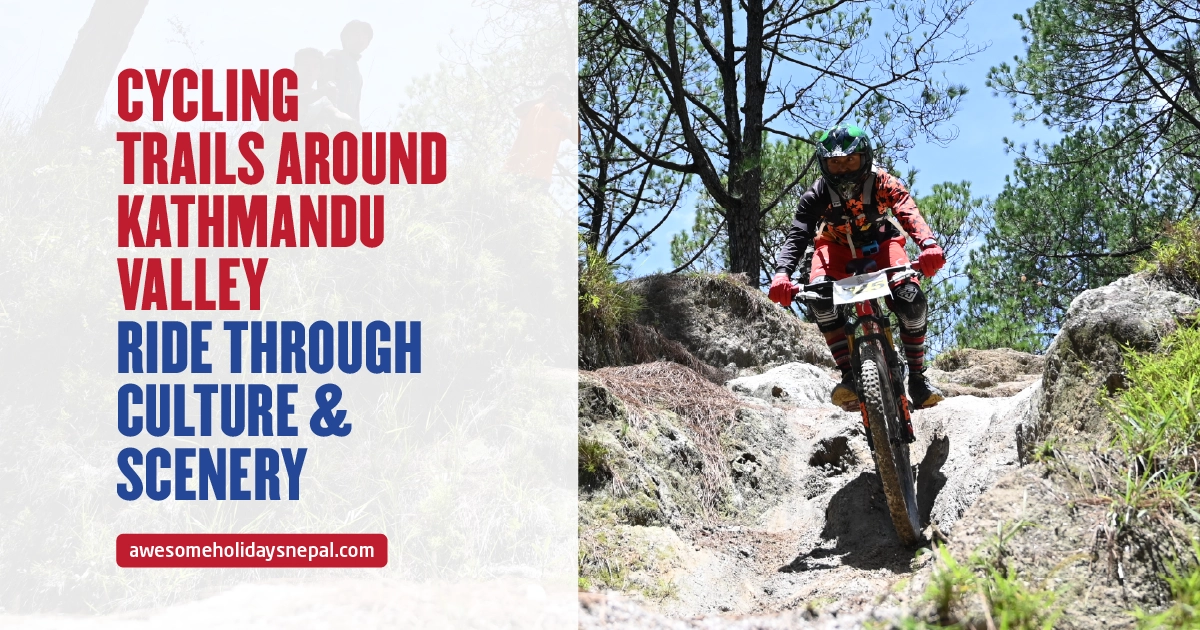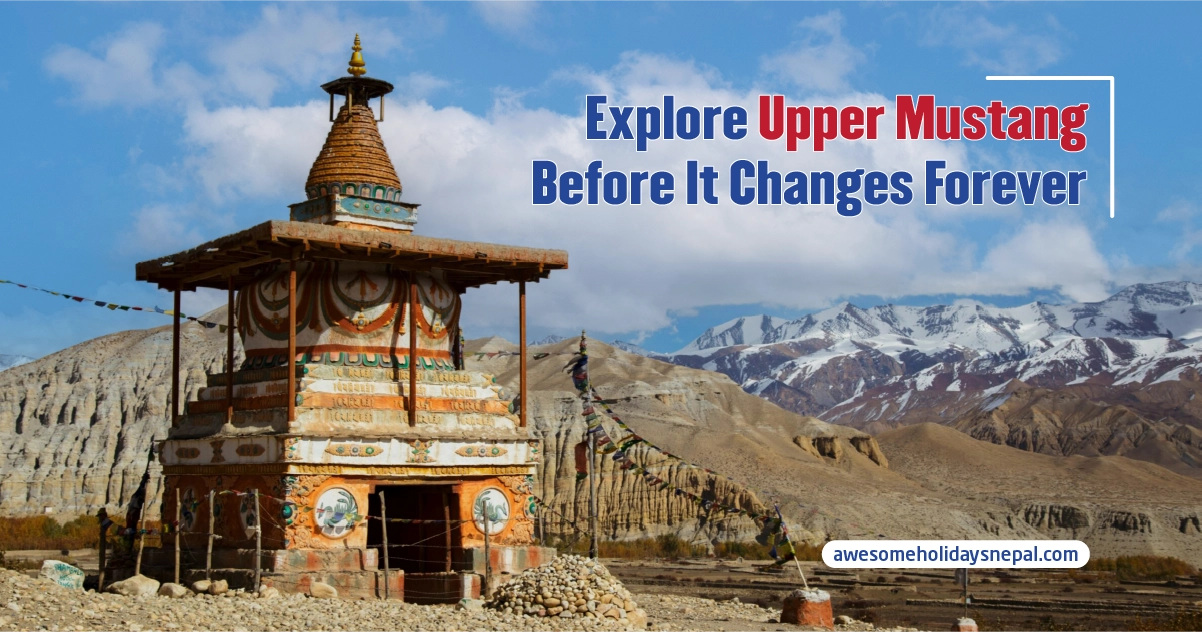Tiji Festival in Nepal: A Unique Way to Explore Tibetan Culture
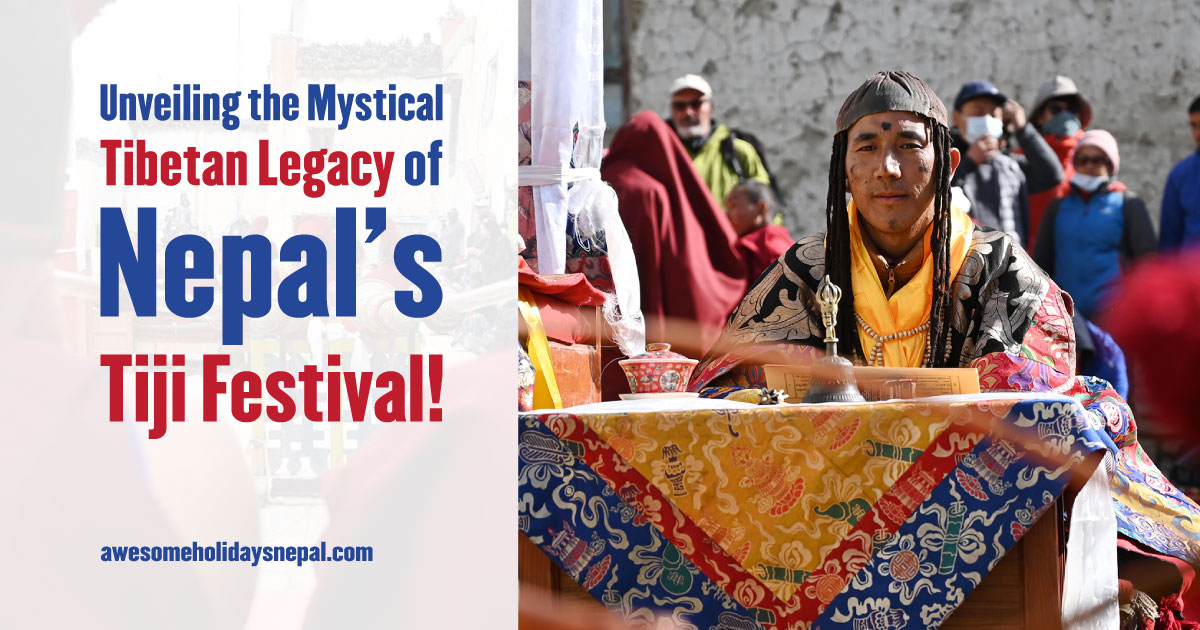
We celebrate numerous festivals in Nepal as there are diverse people. Tiji festival is one of the festivals celebrated in the remote Upper Mustang region of Nepal. It is a vibrant festival that provides you a rare glimpse into Tibetan Buddhist traditions. The festival is held for three days annually in Lo Manthang, the ancient capital of Mustang.
It is more than just a religious gathering—it’s a living testament to the region’s rich history, mythology, and culture. Travelers seeking a unique adventure will find themselves immersed in sacred rituals, mesmerizing mask dances, and the breathtaking landscapes of the Himalayas.
So, here we will know everything about the Tiji festival celebrated in Nepal. In the same way, if you want to know about the Top 10 Festivals of Nepal, you can read our blog.
What is the Tiji Festival?
The Tiji Festival, or Tenchi, is the biggest festival celebrated in the Upper Mustang annually. It originates from a Tibetan Buddhist myth about Dorje Jono, a god who vanquished a devil wreaking havoc in the region.
The name Tiji is derived from “Tenpa Chirim,” which means “prayer for world peace.” Deeply rooted in Vajrayana Buddhism, the festival is held in the courtyard of the King’s Palace in Lo Manthang and commemorates the victory of good over evil.
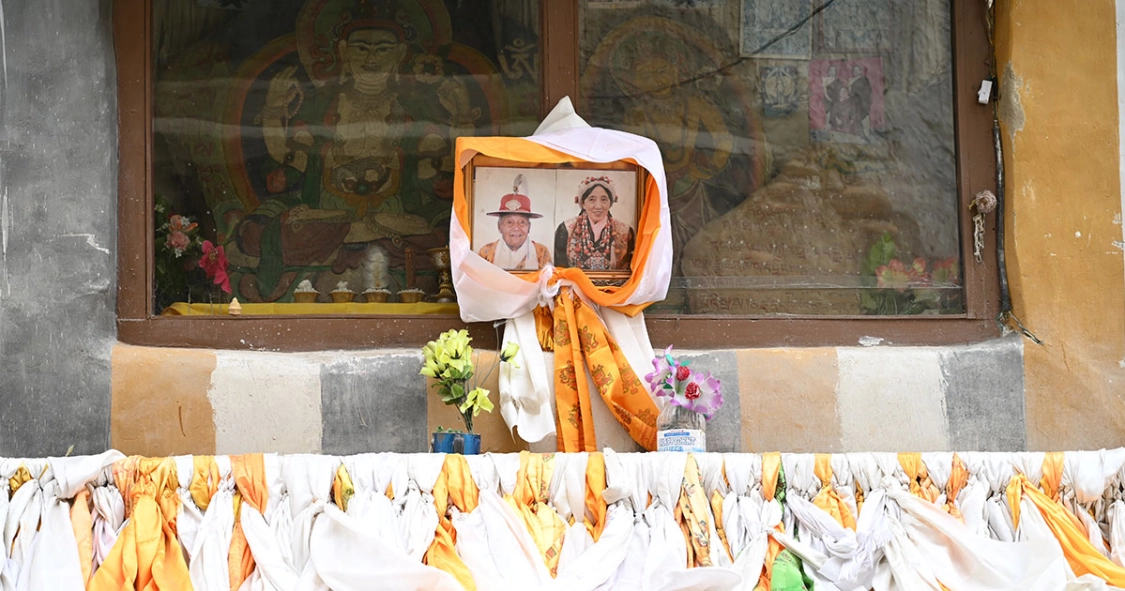
Monks from Chhode Monastery, who stage masked dances (Tsowa) to reenact Dorje Jono’s triumph lead the festival. Tiji is one of Nepal’s most spiritually relevant events since these ceremonial activities are thought to drive away bad energies and secure wealth for the area.
History & Origin of Tiji Festival
Originating in the 15th century, the Tiji Festival has been said to have been founded by the respected Buddhist teacher Lama Lowo Khenchen. Located near the Himalayas and rich in Tibetan culture, Lo Manthang depends on this festival nearly absolutely. Representing the teachings of Buddha, the Tiji Festival began as Tenpa Chihi Rimdo in Lo Manthang. Originally Tenchi Rimdo, it developed into Tiji and eventually became known as such over time.
According to historical records, King Samdrub Rabten of Mustang may have begun the festival around 1650 AD. Sakya Trizin Ngawang Kunga Sonam, a well-known Tibetan Buddhist leader, was invited by him to join the festivities. The festival first was held for another cause—” Removal of Negativity” and was also known as “Phur Dog,” which translated for a ceremonial dagger called “Phurba”.
Originally set in the first Lunar month (around February), this event is now celebrated in the third month of the Lunar Calendar, hence May. Monks from Chhode Monastery do Tsowa, a series of traditional masked dances commemorating the triumph of Dorje Jono over demoniacal forces, during the event. More than just visual spectacles, these shows are holy customs meant to purify negativity, welcome wealth, and safeguard the people and the country.
The complex masks, colorful clothes, and rhythmic motions represent the cosmic conflict between good and evil, hence offering for spectators observing these long-established practices a remarkable experience.
Why is the Tiji Festival Celebrated?
Above all else, the Tiji Festival represents the triumph of kind over evil. Legend has it that Dorje Jono, a fierce deity of protection, vanquished the demon Man Tam Ru Ta, thus guaranteeing the well-being and prosperity of Mustang.
Tiji’s appeal for world peace is another cause to honor the festival. “Tenpa Chirim,” which implies “Prayer for World Peace,” gives rise to “Tiji.” The people of Mustang bestow good wishes on all beings using complex ceremonies and meditations.
Furthermore, the Tiji Festival is a symbol of the original legacy of Mustang. Upper Mustang has maintained its customs and traditions for centuries owing to its remote location. Vivid attire, captivating music, and strong beliefs enable this festival to present its wealth of culture to the world.
Therefore, the Tiji Festival is a connected cloth of attitude, culture, faith, pride, and honest yearning for a more peaceful world beyond just an annual celebration.
When is the Next Tiji Festival?
In 2025, the Tiji Festival falls on May 24th, 25th, and 26th in Lo Manthang, following the Tibetan lunar calendar. So, mark your calendars and start preparation for your trip now!
Why Experience the Tiji Festival?
Visiting the Tiji Festival is not just about watching performances—it’s about experiencing Tibetan culture in its most authentic form. Here’s why you should add Tiji to your travel bucket list:
- Rare Cultural Experience: As Upper Mustang is a restricted area, traveling here offers a chance to witness a Tibetan Buddhist tradition that has remained largely untouched for centuries.
- Stunning Scenery: The festival takes place amidst the dramatic landscapes of Mustang—towering cliffs, hidden caves, and snow-capped peaks provide a surreal backdrop.
- Spiritual Significance: The festival is deeply rooted in Buddhist teachings, making it an enriching experience for those interested in spirituality and meditation.
Tiji Festival Celebration: A Three-Day Breakdown
The Tiji Festival celebrated in the upper mustang region in Nepal is a three-day spectacle filled with rituals, myths, and vibrant masked dances.
1st Day: Tyoleh Jangchup Drubpa
The first day of the festival is also called Tyoleh Jangchup Drubpa. The festivity commences at noon as monks perform a sacred invocation purifying the surroundings. Likewise, the monks perform the “Tsa Chham” dance wearing colorful costumes that symbolizes various Lord Budddha’s incarnations.
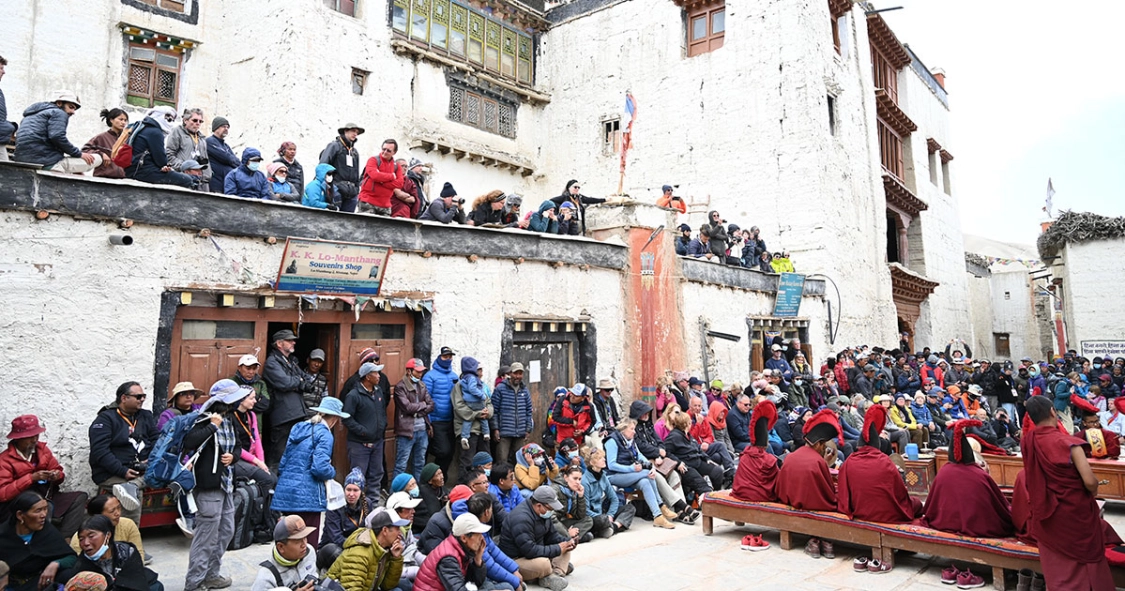
It is definitely the highlight of the day. The ritual illustrates the triumph of truth over evil and the story of Dorje Jono.
2nd Day: Offerings and the “Nga Chham” Dance
The second day has a more toned-down atmosphere, where locals prepare special offerings for the monks.
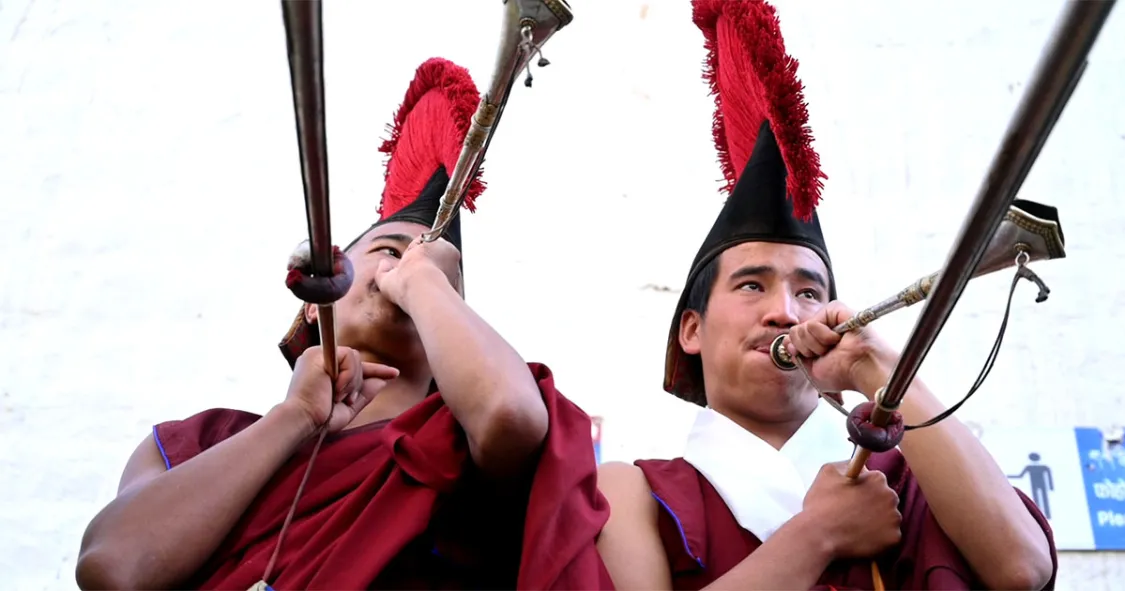
Another major highlight is the “Nga Chham” dance, performed by the monks, illustrating the battle between Dorje Jono and the demon.
3rd Day: Masks, Divinity, and Victory
On the 3rd and final day marks the triumph of good over evil. Monks wear special masks and horns, representing both wrathful demons and compassionate deities. The festival concludes with “Dhungchen,” a grand celebration symbolizing victory, prosperity, and peace.
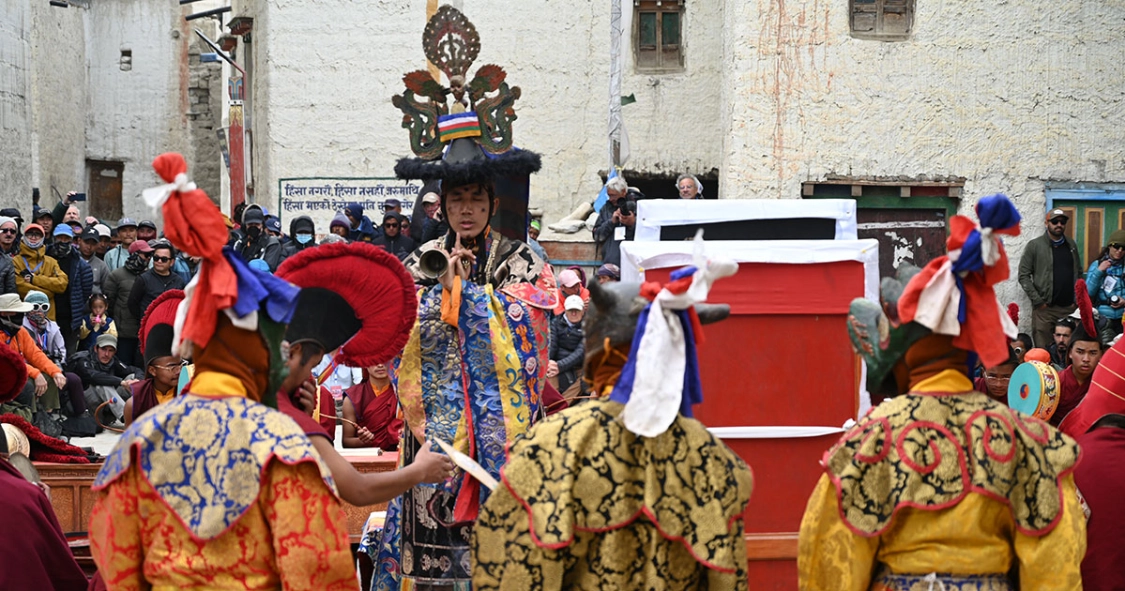
While the main rituals are performed at Chhode Monastery, the joyous spirit spreads throughout the town. Locals and visitors alike gather to celebrate, immersing themselves in the rich traditions of Mustang.
How to Get to Upper Mustang for the Tiji Festival
If you want to reach Lo Manthang for the Tiji Festival proper preparation and careful planning is required. Here’s the best way to get there:
- Kathmandu to Pokhara Flight – You need to take a flight from Kathmandu to Pokhara that offers magnificent views of himalayas. Domestic flights run daily.
- Pokhara to Jomsom Flight – After that take a short yet scenic flight that takes you closer to Upper Mustang.
- Jomsom to Lo Manthang (Trek or Drive)– Finally you can either choose to take a jeep ride (1 to 2 days) or go on an adventurous trek (4 to 5 days) through the rugged landscapes of the region.
Oh, and if you want to know everything about Upper Mustang Trek, don’t hesitate to read our blogs.
Permits & Visa Requirements
As Upper Mustang is a restricted area, visitors need to get special permits. You need to get TIMS (Trekkers’ Information Management System), Restricted Area Permit (RAP), and Annapurna Conservation Area Permit (ACAP).
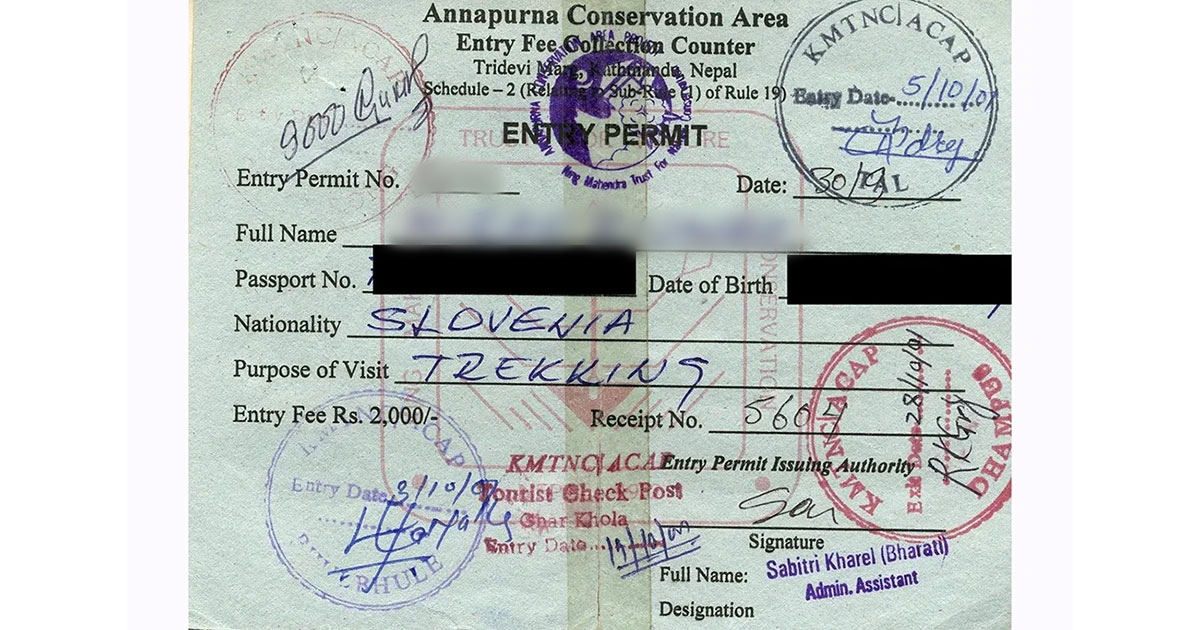
We recommend you book via a registered trekking agency like Awesome Holidays Nepal to handle all your permits and logistics for ease of travel.
If you want to experience a one-of-a-kind cultural adventure, the Tiji Festival Trek in Upper Mustang is an opportunity unlike any other. Witness this breathtaking cultural spectacle and explore the mystical land of Mustang for an unforgettable journey!
A Cultural Journey Like No Other
The Tiji Festival is more than just a religious event—it’s an immersive cultural journey that takes travelers deep into the heart of Tibetan Buddhist traditions. This is a rare spectacle that offers a harmonious blend of spirituality, and breathtaking scenery.
So, if you seek spirituality, cultural ambience, Tiji Festival provides an unforgettable experience that leaves a lasting imprint on the soul. Witness the grandeur, embrace the traditions, and be part of a legacy that has withstood the test of time.
So, plan your journey today and step into a world where myths and reality merge.
Related blog posts
Discover a choice of tourist destinations loved by most of our visitors. Whether you're on a jungle safari to spot rare animals or walking through a world heritage site, these well-planned itineraries cover the major highlights of Nepal.



